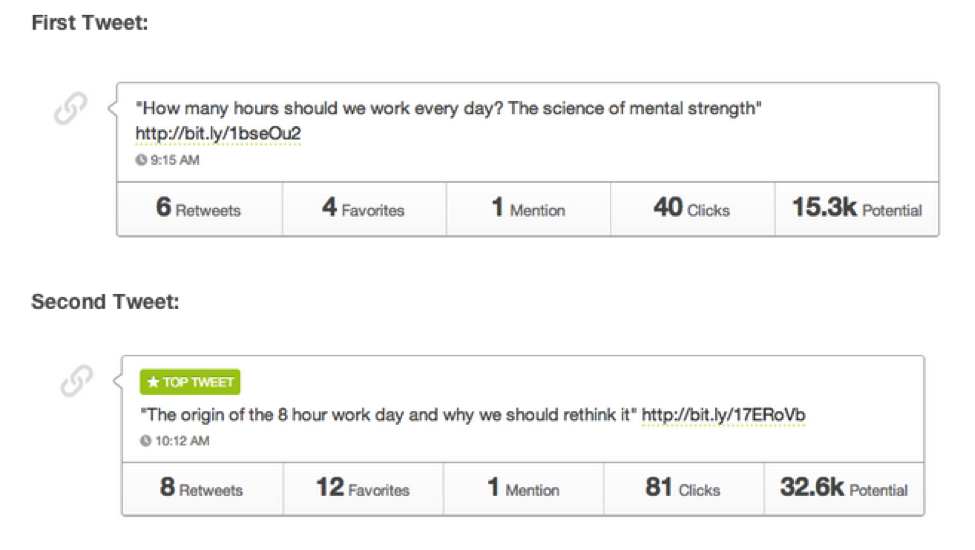For many writers, the headline is the most dreaded part of any article. It seems easy enough, and if you want to simply write a headline that you like and move on that works just fine, but if you’re writing for a company or want to optimize your piece for maximum CTR and social shares, a headline is more important than many realize. When writing a headline, you have to think about both the search engine bots as well as your readers, so it takes a lot of creativity and A/B testing to really determine the best headline for a given article.
Fortunately, it’s not quite as overwhelming as it may seem. Although spending time on your headline is more daunting than writing something and then moving on, it’s well worth it in the end. With that said, it’s important to ask yourself what steps you need to take to create a solid headline that gets results.
Tips for Writing an SEO Headline That Improves CTR
Before jumping into writing a headline, it’s important to know what makes a great headline. With this information in mind you can jump ahead of others when writing your first headline, and then of course comes revision. In other words, the more you know about what makes a great headline, the less revisions you’ll have to do later. A few key characteristics include:
- A sense of urgency. The headline Mobilegeddon Launches Today and Leaves Webmasters in a Panic is better than What You Need to Know about Today’s Mobilegeddon Launch.
- Focused, specific, and to the point. Saying something like Top 5 Google Analytics Reports to Watch for SEO is better than saying Google Analytics Reports Can Help Your SEO: What You Need to Know.
- Curious. Vague questions or statements always work well to evoke curiosity, such as Why People Hate When You Hire New Employees. Don’t forget to keep this focused.
- Evoke emotion. How to Leave a Job You Love is a much better headline than Leaving an Old Job: Tips and Tricks.
Of course the above characteristics are just a few of the major things to keep in mind, but there are many other ways you can also be successful. Visit this article from Wordstream if you still need help coming up with a few ideas.
So once you know what makes a great headline you can then start brainstorming a few ideas for your article. You won’t be able to follow all of the characteristics above, but see if you can hit one or two. When writing a headline, I find it helps to focus on one of the characteristics above and always focus on your audience and what you think they need and want to hear. This will be enough to get you to the next step.
A/B Testing Your Headlines and SEO Considerations
Your next step should be thinking about SEO. You want to keep in mind what your readers have clicked in the past by using your Analytics, which you can learn more about here, and then pairing that with SEO considerations. As you may have guessed, headlines for SEO is all about the keywords. According to a HigherVisibility article, a page title with 10 words that has at least 2 keywords is considered a good headline for SEO. Do keyword research and keep in mind the content of the article where you’re writing a headline and then try and alter the headlines you brainstormed above.
Note: Keep in mind that how you write headlines for a newspaper, magazine, social media site, or even email marketing campaign may differ slightly because these platforms don’t deal with Google bots. When it comes to SEO considerations, it’s all about headlines that you want to do well on a Google search.
After brainstorming and then revising for SEO comes A/B testing your headlines. A great way to do this is to actually use social media. Schedule two tweets to be sent out an hour apart from each other and see which tweet performs better. Below is a screenshot from that same Wordstream article above that uses Buffer to track analytics for each tweet:
You can visit this article we published on Social Media Examiner for more information. Once you give writing headlines a try, let us know what worked for you in the comment section below.

